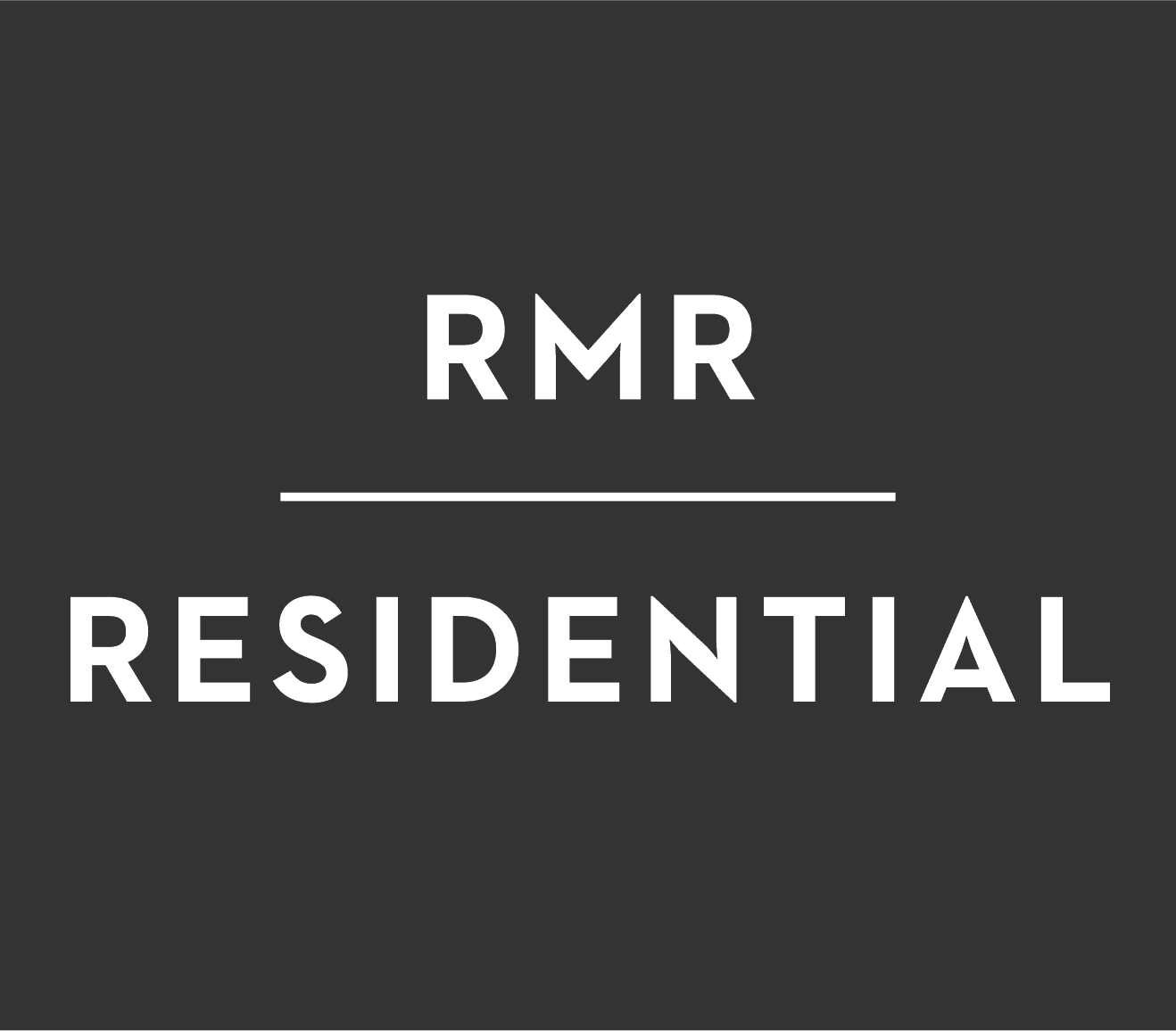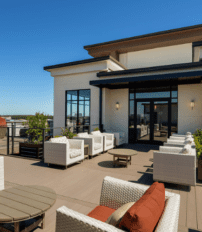To Combat Fluctuations in Consumer Sentiment, Industries Redirect Focus Back to Customer Experience
Today, more than ever, it is critical for businesses to keep a pulse on consumer sentiment.

For the majority of 2022, “volatility” has been a buzz word that has been used across industries to explain the ever-changing state of market economies. From volatile supply lines to ebbs and flows in consumer spending power, the uncertainty the global economy has experienced continues to impact short- and long-term strategies for all facets of a business. One of the less-discussed facets that’s quickly gaining momentum in a volatile market is consumer sentiment and its up- and down-stream impacts on a company’s all-in performance.
Today, more than ever, it is critical for businesses to keep a pulse on consumer sentiment. As the graph below depicts, the U.S. started 2022 at 67.20 and as of August 2022, is currently at 55.10, representing a month-over-month decline for most of the year. Obviously, consumer spending is directly tied to highs and lows in sentiment, but what are the broader implications associated with what can be a hard-to-quantify metric? Although housing is a basic human need, multifamily is still a variable product with options for a multitude of consumers. To get a better understanding of consumer sentiment and its impact, we often use the hospitality industry as a gut-check for a competition-heavy market.
Source: tradingeconomics.com
There are approximately 133,00 hotels and motels in the U.S. as of 2022, an increase of 8.3% from 2021, according to IBISWorld. With so many choices available, brands are reliant on positive consumer sentiment to gain market share, with 70% of buying experiences being based on “how the customer feels they are being treated” (McKinsey & Company). Loyalty programs have long been a part of the hospitality business, but a tightening of discretionary budgets mixed with volatility and high supply in a competitive space is causing brands to realign their focus around cultivating satisfaction through memorable experiences. “Loyalty is becoming less about the transaction and more about the experience” notes an article from Hotel Management. Today’s guests expect the usual cleanliness and politeness, but they also want interactions and touchpoints that are “personalized and result in [them] feeling like they are unique.”
This experience-led motivation directly equates to what property management companies are seeing in the multifamily industry. With 30-50% of income being spent on rent, consumers want meaningful experiences which exceed their expectations. This shift might have been expedited by Covid, but it’s a trend that RMR Residential has been watching in recent years. We have continued to refine our management structure with resident experiences in mind. From the appointment of a customer experience lead to resident and prospect-focused research, we are taking a page from hospitality’s playbook to nurture customer relationships from the first touchpoint. This shift has resulted in year-over-year increases in portfolio-wide retention rates for the past three years. As Bain & Company and Harvard Business Review points out, a 5% increase in a business’ customer retention rate can lead to a 25%-plus increase in profit.
And while the University of Michigan recently released a report forecasting a rise in consumer sentiment in the coming months, the same volatility is still underpinning the market’s performance. With soaring prices and little to no wage growth, consumers will continue to face economic choices. For brands to survive, a clear roadmap for creating positive customer sentiment is a must. Regardless of the industry, brands must cultivate loyalty to support the fluctuations in consumer spending in today’s volatile market.
To learn more about RMR Residential’s emphasis on customer experience, check out this piece by Noah Echols, SVP of Marketing and CX.








